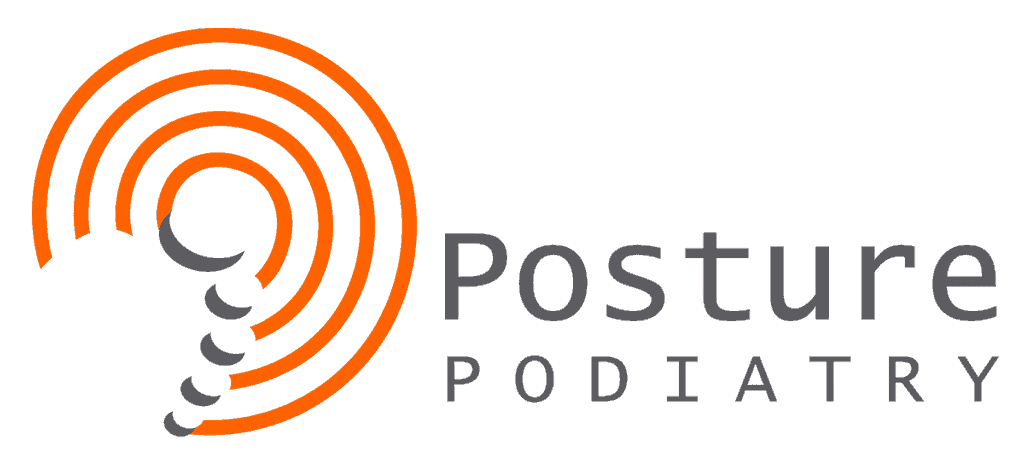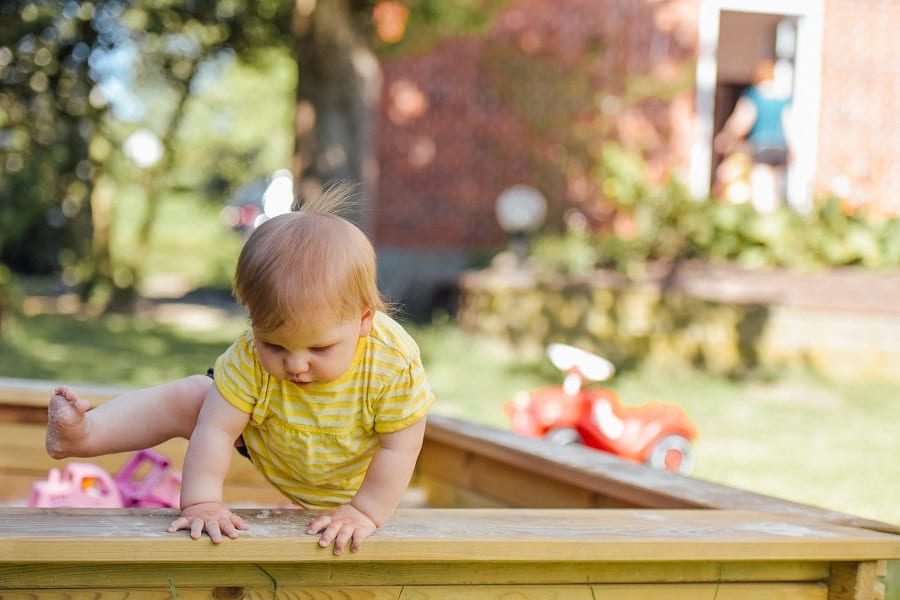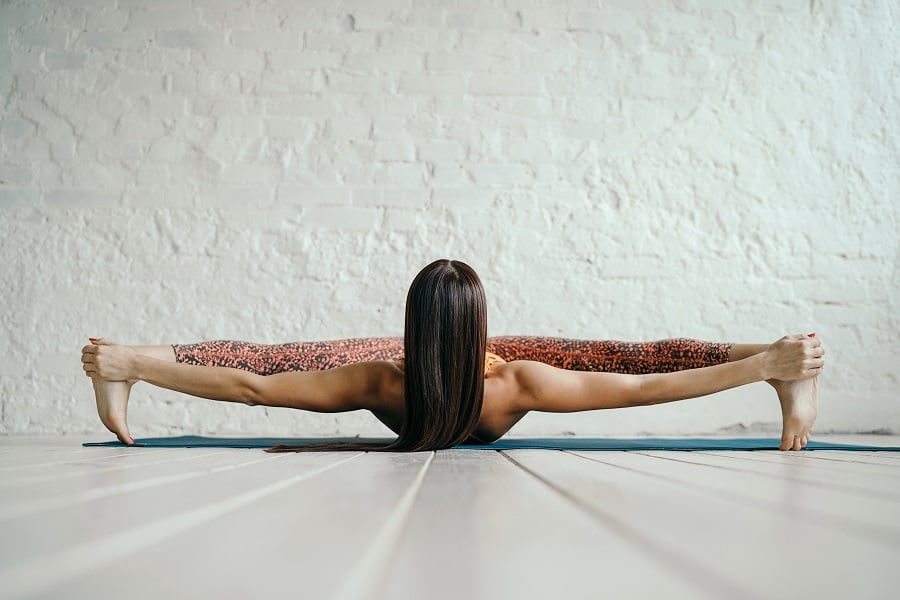Ironman Podiatrist, Will Duncan, Talks About His Recent Challenge
We recently caught up with Podiatrist and Ironman finisher, Will Duncan, to ask a few questions about his recent experience in the Cairns Ironman event held in June this year. We wanted to understand a little more about the type of person who decides to enter such a challenging event.
Our first question to Will was:
1. How far did you have to swim, cycle and run to complete the Ironman challenge?
The swim leg of the event was 3.8km, the cycling leg was 180km and the marathon or running leg of the Ironman event was 42.2km.

2. What’s the main difference between a regular triathlon and an Ironman event?
A triathlon is any event which involves all 3 events combined including swimming, cycling and running. The Olympic triathlon involves a 1.5km swim, a 40km bike ride and a 10km run. An Olympic triathlon event is shorter in all 3 legs than an Ironman event. A full Ironman event is 140.6 miles in total. There is also an Ironman 70.3 branded event which is the half-iron distance of 70.3 miles for all 3 legs. Both Ironman events are branded Ironman triathlon events which are longer and more challenging to complete than the Olympic triathlon and completion of either event enables a competitor to call themselves an Ironman.
Why Does Anyone Decide To Enter An Ironman Event?
3. Will, when did you first decide to compete in an Ironman event?
I first decided to compete in an IronMan event after I quit swimming competitively. I started cycling with one of my Dads’ old bikes and thoroughly enjoyed it. However, after a while I got sick of exercising without a goal and started looking for some challenging events I could do. I came across the IronMan website and decided that’s what I wanted to do, compete in an IronMan.
Need an Experienced Podiatrist Who Understands Running Injuries & Marathon Training?
Call Posture Podiatry on 8362 5900
or BOOK ONLINE 24/7
4. Was this your first triathlon event? If not, how many others had you competed in?
When I first decided I wanted to do an IronMan I made a list of things I needed to accomplish before setting upon my goal: doing as many triathlons as possible for experience, doing a marathon on its own and swimming open water.
I did three of the West Lakes Tri Series, which are shorter triathlons but are great for experience. It taught me how I needed to set my bike up, my gear bag, what I like and what I don’t need. It also helps to teach you how to have a fast transition. It was also a great way to get involved in the community and meet like minded people. I also did a few triathlons myself and with friends and even a half distance IronMan myself in September 2020.
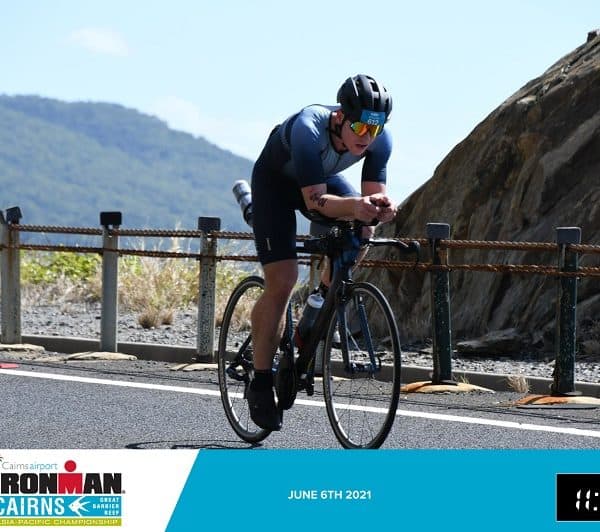
5. Have you competed in any other marathon events involving just swimming, cycling and/or running? If so, how many others prior to your IronMan challenge?
I did one marathon myself during COVID last year when I found my hours reduced at work. I then also did the Adelaide Marathon a few months later. These are the only two marathons I have completed before doing my IronMan. It took me approximately 12 weeks to gain adequate fitness in running to complete my first marathon, and after that it was maintaining the work I had already done.
I did the coast to coast event last year and again in 2021, which is a 120km ride from Glenelg to Victor Harbour. However, at this year’s event I completed an extra 60km ride by myself just prior so my total ride distance would be 180km – the same distance I’d have to do in the IronMan. This was a great way to know I was on the right track and could physically achieve what I needed to.
As I have a swimming background I knew that 3.8km was very achievable for me. I have never done open water swimming before so my main training was in the pool but I managed to get out to the beach as often as possible to practice swimming in the ocean.
I also did a half IronMan distance event in Barmera 8 weeks prior to the IronMan event. This event was great for training, great for confidence and again a great triathlon experience.
Need an Experienced Podiatrist Who Understands Running Injuries & Marathon Training?
Call Posture Podiatry on 8362 5900
or BOOK ONLINE 24/7
6. What did you have to do to prepare for the Ironman?
I had to ensure that I was capable of doing all disciplines alone before doing all three of them combined. As I had never run long distances before I had to focus a few months purely on my running to get up to scratch. This running training led into my first marathon, and after that I was able to maintain the training through to my IronMan.
I also watched a lot of running and triathlon videos on YouTube. These helped in knowing what tools and kit I needed for an IronMan or triathlon in general. It also provided training advice and kept me in the community.
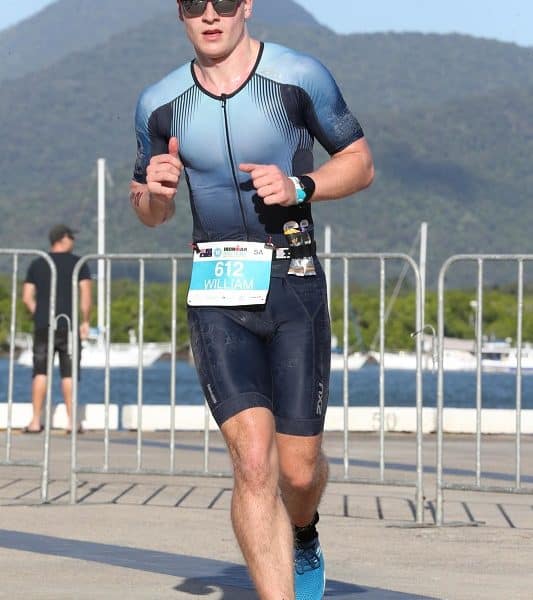
7. How many months/weeks prior to the event did your preparation begin?
I started preparing for the IronMan in August 2020, which was about 9-10 months before my IronMan challenge. However, I really ramped up my training 3 to 4 months prior to the event. That final block was a lot more volume than I had done previously.
8. We know you received podiatry and massage therapy treatment and review prior to the Ironman event. Is there any other treatment/review you received or would recommend prior to such a challenge?
I would normally see a physiotherapist every 5-6 weeks for maintenance, or earlier if I had any niggles. Fortunately, I was able to get through training with only one minor achilles heel issue which was due to some shoes being too old and worn.
My orthotics were reviewed and updated after undergoing an updated biomechanical assessment and gait analysis in March 2021. My orthotic prescription just required some small adjustments and we agreed we would adjust the orthotic materials slightly.
Once my new orthotics were completed, I visited Sportitude Running at Hindmarsh where I underwent a gait analysis and assessment of my current footwear. We assessed my current shoes and then tried on numerous different pairs. Being able to see and feel the difference between shoes while running was very helpful. I discovered I was running in a shoe that wasn’t really the best for my feet. I would highly recommend this type of service if you are doing any type of running training or marathon events.
With the months leading up to the IronMan I actually bought a training plan. This was a great way to have some coaching – albeit virtual and being able to do sessions made by a coach who has had many more years experience.

I also have some family friends who have completed multiple IronMans and was able to obtain a lot of advice from them. This knowledge was critical to getting me over the line. I learnt a lot about nutrition through them, specifically how much you should be eating/drinking per hour and what works for them and others.
After that, it was testing the nutrition plans prior to ensure my stomach could handle what I needed when racing. In terms of dieting, I didn’t do much at all. I eat a healthy balanced diet and don’t really eat much takeaway or junk food besides the occasional chocolate or ice cream. The only thing I did change/test about my diet was what to eat on race day and ensuring I had eaten lots of carbohydrates in the days leading up to the event.
Need an Experienced Podiatrist Who Understands Running Injuries & Marathon Training?
Call Posture Podiatry on 8362 5900
or BOOK ONLINE 24/7
